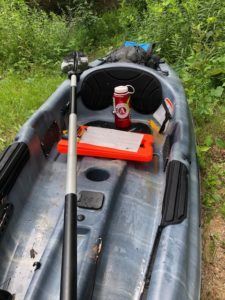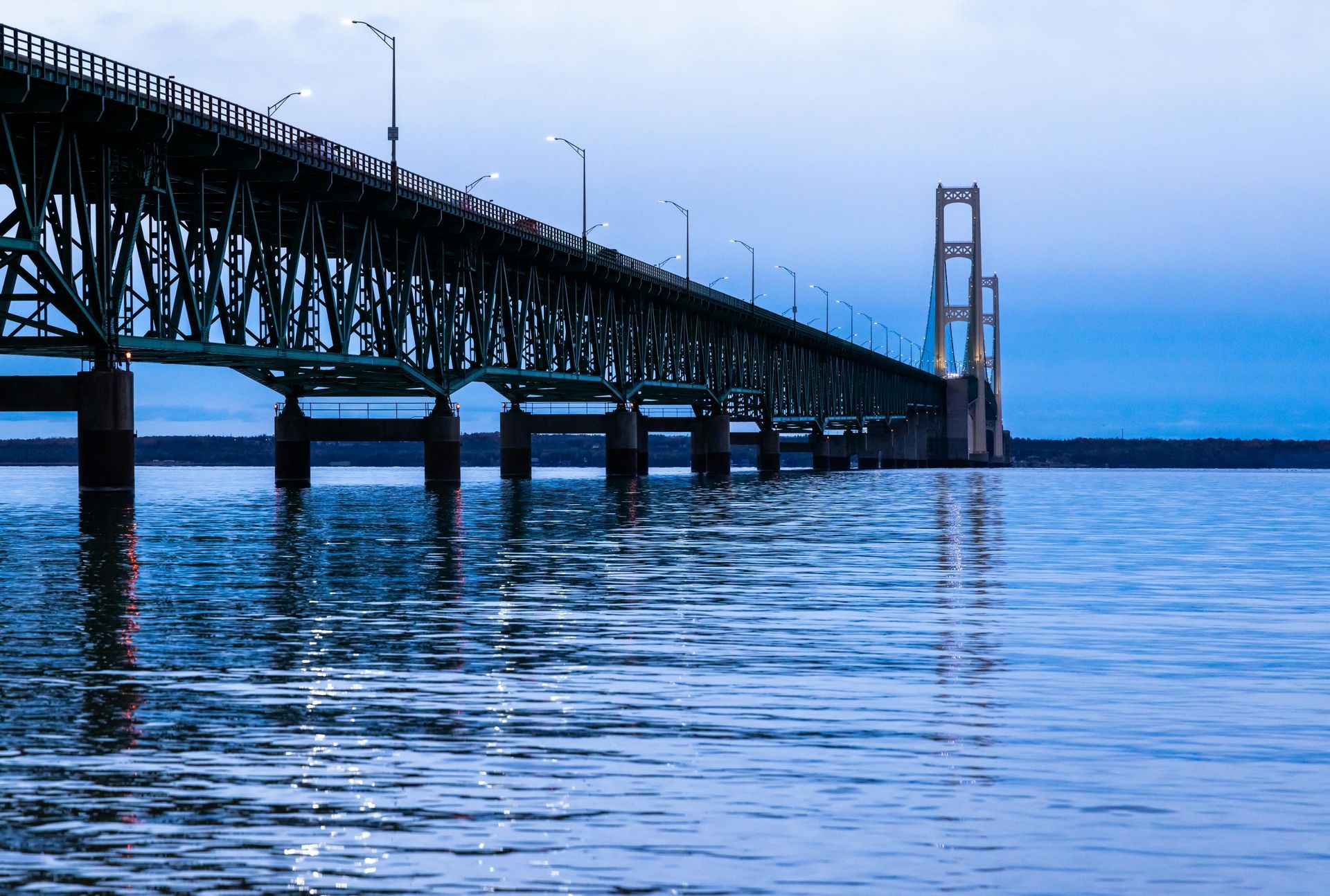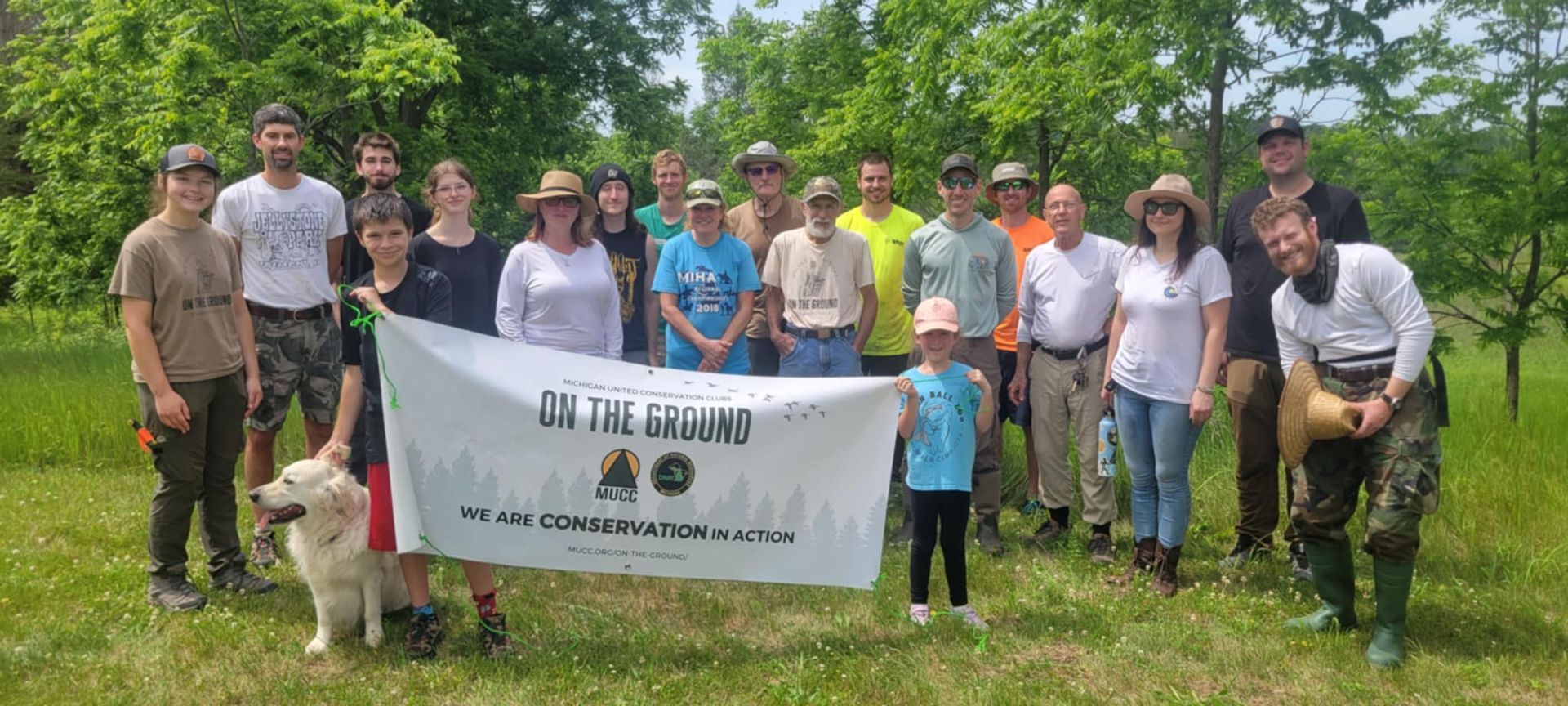MUCC & Huron Pines team-up to survey invasive species and erosion sites on Eagle Creek
There is never a dull moment while being a Huron Pines AmeriCorps (HPA) member. There are countless opportunities almost every week to branch out to new parts of the state and try something you have never done before. Shelby Bauer (Huron Pines Stewardship Team Lead) and Sarah Topp (Huron Pines AmeriCorps Coordinator) reached out to myself and the other HPA members and asked if we wanted to volunteer for their Eagle Creek invasive species and erosion surveys. I personally jumped on this opportunity for a couple of reasons. One, I would like to support Huron Pines and the work that they do for Michigan’s natural resources. Two, I had never done anything like this before and wanted to learn from the experience.

This survey will take weeks to complete because the Thunder Bay River runs deep inland and forms many lakes, ponds and creeks such as Eagle Creek. Gathering this data is important because it can show how previous treatments sites are responding and it allows us to see if any new sites are popping up. There are many buildings along this river system and erosion could be their worst nightmare. It is good to get on top of erosion and invasive control before it’s too late and permanent damage is done.
I extended the invitation to Emma Nehan (MUCC On the Water Coordinator), knowing this type of experience could also benefit her and the On the Water (OTW) program. Emma and I were able to find a date that worked best for us and them and drove up to Gaylord.

We met the three field crew members at the Huron Pines office early Wednesday morning. Soon after introductions, we loaded up the two trucks with six kayaks and took off to the survey sites in Hillman. We split up into two different groups of three to cover more of the river and another HPA member joined us on the river from the Atlanta Department of Natural Resources. Among the three of us, each had a job to do while we floated down the river. I was in charge of recording any invasive species growing along the river. The main species to look out for were autumn olive, purple-loosestrife and garlic mustard. Dan Foley, the other HPA member, recorded erosion sites on paper while the Huron Pines field crew member took waypoints and gave coordinates.
We had to battle several log jams, forcing us out of the river to portage our kayaks but overall it was a successful day. Our crew had over 20 waypoints listed on the map of the Eagle Creek, whether that was an invasive spotting or an erosions site. Thank you, Huron Pines, for extending the invitation to help with the surveys, Emma and I had a blast and learned a lot.
Recent Posts



